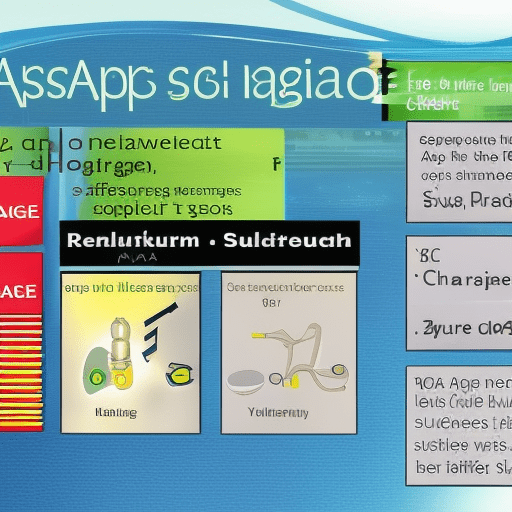In this blog post, we will discuss the concept of SO4 charge.
This is a relatively new topic in the scientific community, and there is still much to learn about it.
However, we believe that it has great potential for future applications.
Stay tuned for future updates on this exciting topic!

A sulfate (SO4) molecule has a total charge of -2.
Explain it to a child
The SO4 charge is -2. It is important because it helps to determine the binding of several types of molecules, including proteins, to other molecules like ions and glucose.
When two sulfate molecules join together, they form a disulfate (S2O8) molecule with a total charge of -4.
What is SO4 charge
The SO4 charge is -2, indicating that the molecule is negatively charged, due to its four oxygen atoms.
This -2 charge will drive many of the interactions between other molecules and ions, creating a greater complexity to chemical bonds which allows for a variety of chemical reactions and occurrences.
Whenever sulfuric acid is mixed with other substances or substances are dissolved within it, it demonstrates how powerfully assigned -2 SO4 charges can influence bioenergetics.
A -2 SO4 charge carries great power in chemical processes and understanding this charge is essential for scientists and chemists in the study of molecular structures and interactions.
How does SO4 charge work?

SO4 charges work in such a way as to make the SO4 molecule much more stable.
They do this by creating an arrangement of atomic particles that evenly distributes electrons, giving SO4 a negative charge and making it more difficult for SO4 to react with other substances.
This type of charge creates an electrostatic shield that helps guard SO4 against nutrients or other external influences that could disturb its balance.
The SO4 charge has been found to be useful in many different applications, making SO4 molecules very effective when used as a substrate or a coating.
What are the potential applications of SO4 charge?
SO4 charge has a variety of potential applications and has already been used extensively in fields such as water and wastewater treatment, oil and gas, pharmaceutics, food processing, and bioremediation.

In many cases, it has been found to reduce the cost of traditional chemical treatments for a wide range of solutions.
It also provides real-time ion control for more effective waste treatment and improved chemical efficiency.
Specifically, SO4 charge can be used to neutralize acid rainwater and industrial discharges by improving pH balance without the use of additives or other chemicals.
In addition, this technology can enhance the performance of microfiltration systems by increasing microscopic particle removal while providing low CODs (chemical oxygen demand).
Lastly, SO4 charge can be used to power fuel cells due to its ability to bind readily with oxygen and produce free radicals.
These free radicals act as an energy source that can deliver electricity on demand to any location.
The benefits of using SO4 charge

SO4 charge can be a game changer for industrial applications.
It is a powerful, cost-effective way of treating wastewater with its unique combination of oxygenation, oxidation, and filtration.
By pre-treating the water before it enters the main treatment system, it reduces the number of chemicals and energy used throughout the process – potentially saving businesses thousands in operating costs.
The oxygen from the SO4 charge also helps reduce sludge build-up within the wastewater stream.
That means fewer maintenance cycles, less downtime for operations, and fewer disruptions to production schedules.
Plus, SO4 charge is non-toxic so any excess can safely be released into waterways without damaging ecosystems or public health standards.
With all that said, it’s easy to see why more and more organizations are turning to SO4 charge as part of their long-term environmental strategy.
The limitations of SO4 charge
The SO4 charge is a useful measure that can help us to understand many complex processes, however, currently its limitations largely fall on its lack of accuracy.
For starters, it only measures the strength of an acid and does not factor in other components; as such, it cannot provide a holistic understanding of the environment in which said acid exists.
Furthermore, since the SO4 charge requires separate testing for complex systems with multiple components, it often falls short of providing insight into the entire system.
Finally, the results provided by an SO4 charge can be fraught with an error if left unchecked.
Despite all this, current studies are exploring ways to address these issues and allow us to gain more accurate measurements thanks to greater precision and better testing methods.
Article Sources
Jacks of Science sources the most authoritative, trustworthy, and highly recognized institutions for our article research. Learn more about our Editorial Teams process and diligence in verifying the accuracy of every article we publish.
